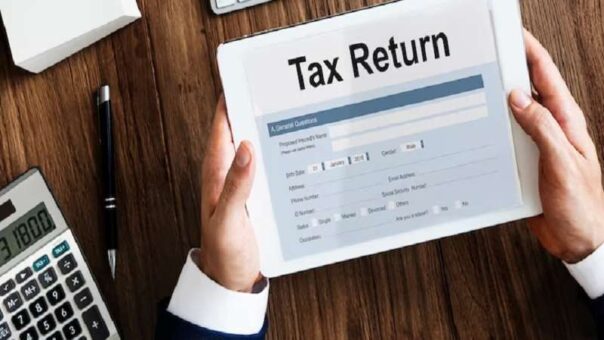
Filing a tax return can seem complicated, but it’s an essential part of financial life — whether you’re employed, self-employed, or managing investments. Understanding how tax returns work can help you avoid penalties, maximize your refund, and stay compliant with the law.
In this guide, we’ll walk you through the 7 most important things you need to know about tax returns, including deadlines, forms, deductions, and where to file.
1. What Is a Tax Return?
A tax return is a formal report you submit to your country’s tax authority (like the IRS in the U.S.), summarizing your income, expenses, and tax payments for a specific year. The purpose is to calculate whether you owe additional taxes or are eligible for a refund.
In the U.S., most individuals file their taxes using Form 1040, which you can access at IRS.gov.
2. When Do You Need to File a Tax Return?
In the United States, the tax year follows the calendar year — January 1 to December 31 — and the tax return is typically due by April 15 of the following year. If April 15 falls on a weekend or holiday, the deadline shifts to the next business day.

You must file a tax return if:
- Your income exceeds the IRS minimum threshold (varies by age and filing status)
- You are self-employed and earned over $400
- You owe special taxes (like alternative minimum tax or self-employment tax)
- You received certain types of income (e.g., capital gains)
Check the current year’s filing requirements directly from the IRS official website.
3. What Forms Do You Need?
Most taxpayers use Form 1040, but depending on your situation, you may also need to attach schedules for specific income types or deductions. Here are some common forms:
- Schedule C – For self-employed business income
- Schedule D – Capital gains and losses
- Schedule A – Itemized deductions
- Form W-2 – Reports wages and tax withheld by employers
- Form 1099 – Reports various types of non-employee income
You can find all the official tax forms at IRS Forms and Publications.
4. How Can You Maximize Your Tax Refund?
To maximize your refund or minimize your tax liability, take advantage of:
✅ Tax Deductions
These reduce your taxable income. Examples include mortgage interest, student loan interest, medical expenses, and charitable donations.
✅ Tax Credits
Credits directly reduce your tax bill. Popular credits include:
- Child Tax Credit
- Earned Income Tax Credit (EITC)
- Education Credits (like the American Opportunity Credit)
✅ Retirement Contributions
Contributing to a traditional IRA or 401(k) may reduce your taxable income.
Learn more about available credits and deductions from the IRS Credits and Deductions page.
5. What Happens If You File Late?
Filing late can result in penalties and interest, especially if you owe taxes. Here’s what to expect:
- Failure to file penalty: Usually 5% of the unpaid tax for each month late (up to 25%)
- Failure to pay penalty: 0.5% per month, on top of interest
If you can’t file on time, you can request an extension using Form 4868, which gives you until October 15. Keep in mind: An extension to file is not an extension to pay.
Read more about extensions and late filing consequences on the IRS Filing Extensions page.
6. Can You File Taxes for Free?
Yes, many individuals can file their taxes for free, depending on income and filing complexity.
💡 IRS Free File
If your income is $79,000 or less, you can file using IRS Free File software:
👉 https://www.irs.gov/filing/free-file-do-your-federal-taxes-for-free
💡 Other Options
- Free tax preparation clinics (e.g., VITA program)
- Free versions of tax software like TurboTax or H&R Block for simple returns
Just be careful: free offers often upsell premium features. Always verify what’s included.
7. How Do You Correct a Mistake?
Mistakes happen — and they can be fixed. If you filed a tax return and later realize there was an error, you can submit an amended return using Form 1040-X.
Common reasons to amend include:
- Reporting additional income
- Changing filing status
- Claiming missed deductions or credits

You typically have up to 3 years from the original filing date to make corrections.
Get Form 1040-X and instructions here: https://www.irs.gov/forms-pubs/about-form-1040x
Final Thoughts: Stay Informed, Stay Compliant
Filing a tax return doesn’t have to be stressful. With the right information and tools, you can navigate the process with confidence, avoid penalties, and potentially boost your refund.
Start early, gather your documents, use trusted resources, and consider seeking help from a tax professional if your situation is complex.
Useful Resources Recap:
About the Author




0 Comments